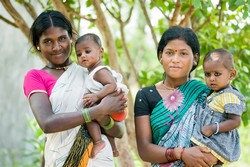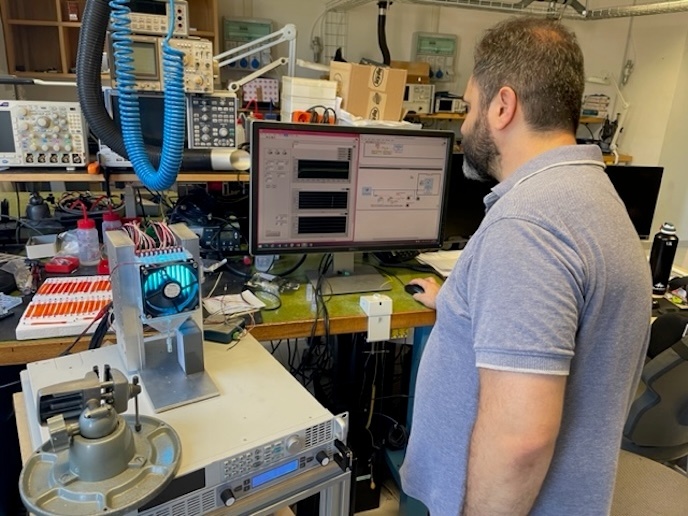Demand side financing programmes in India for reduction of maternal deaths
India has a relatively high number of maternal deaths despite having successfully reduced maternal mortality rate (MMR) by 4.5 % each year over the MDG period. MMR currently stands at 178/100 000 live births. To meet the MDG5a which focused on a reduction in maternal mortality, India initiated two state-run programmes: Janani Suraksha Yojana (JSY) in Madhya Pradesh (MP) and Chiranjeevi Yojana (CY) in Gujarat, both designed to draw more women into hospital to give birth. The initiative was based on the premise the hospital births are safer than home births as they possess the skilled manpower and support to manage life threatening but unpredictable complications that occur around birth. These complications if not managed in time result in maternal deaths. In 2005, facility births in India accounted for less than 40 % of all births. These programmes provide health care to socioeconomically disadvantaged pregnant women. JSY is a cash transfer program paid to women on discharge from a facility after giving birth. The CY is similar to a voucher-based programme, wherein the state pays accredited private obstetric facilities for providing intrapartum care to women belonging to vulnerable population sub groups. These programmes have been operational for about 10 years. The MATIND(opens in new window) (Large scale innovative pro-poor programs focused on reducing maternal mortality in India: a proposal for impact evaluation) project evaluated the effectiveness of these program on different parameters. They also compared them with rural maternal health financing programmes in China. The project indicated that though the JSY programme had help raise facility birth proportions steeply, quality of care improvements for services offered to women under the programme needed focus. Besides few qualified personnel, between 15 and 50 % of JSY facilities lacked essential items such as antibiotics and key medicines like mag sulfate. Skilled care competency assessment revealed serious shortcomings in managing obstetric complications at all levels of care. Data analysis failed to provide any evidence that the increased number of institutional births in MP and other low-performing states translated into a reduction in MMR. In Gujarat, the availability of skilled EmOC services was better under the CY programme when compared with JSY. This is possibly because private obstetric facilities participating in the programme were often owned by obstetricians who had reputations to protect. However, only a meagre 15 % of eligible women were programme beneficiaries due to issues such as lack of knowledge and getting the required documentation prepared. Furthermore, private obstetricians often left this programme due to concerns about reimbursement and the tedious paperwork involved for claims. The programme has also suffered from frequent changes in health policymakers and their commitment to the programme. MATIND activities have helped evaluate the effectiveness of large demand side financing maternal health programmes in India and identified their positive aspects and shortcomings. These findings are relevant to other demand side programmes particularly those focused on maternal health.







